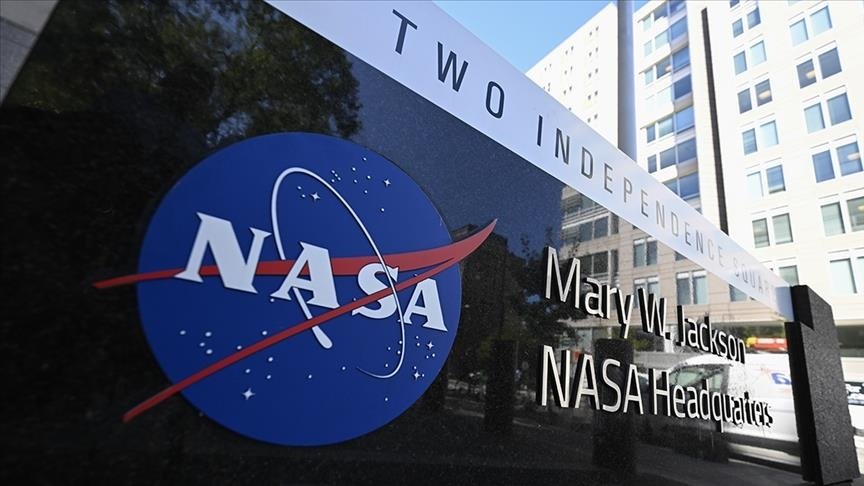
NASA: From Moon Landings to Mars and Beyond
Since its founding in 1958, NASA has played a key role in advancing space science, from Cold War Moon missions to the search for life on Mars, CE Report quotes Anadolu Agency
Created to unify U.S. civil and scientific space efforts, NASA’s early goal was to land the first humans on the Moon. That dream came true with the Apollo program, especially Apollo 11 in 1969, when Neil Armstrong became the first person to walk on the Moon.
Between 1969 and 1972, 12 astronauts walked on the Moon. Now, after more than 50 years, NASA is preparing to return. Artemis I, an uncrewed test flight, orbited the Moon in 2022. Artemis II, a crewed flyby mission, is scheduled for April 2026. If successful, Artemis III will land astronauts at the Moon’s south pole, paving the way for future Mars missions.
NASA has long explored Mars, starting with the Mariner missions in the 1960s. Mariner 9, the first spacecraft to orbit Mars, revealed massive volcanoes and canyons. Later, the Curiosity and Perseverance rovers studied the Martian surface for signs of water and life. Perseverance, still active, is collecting samples for future analysis.
Beyond Mars, NASA observes distant space with powerful telescopes. The Kepler Space Telescope (2009–2018) found planets beyond our Solar System. The Hubble Telescope, still operating since 1990, captured iconic images like the “Pillars of Creation.” Its successor, the James Webb Space Telescope, launched in 2021, is now exploring the early universe in unprecedented detail.
NASA continues pushing boundaries in the search for life, knowledge, and a future among the stars.
























